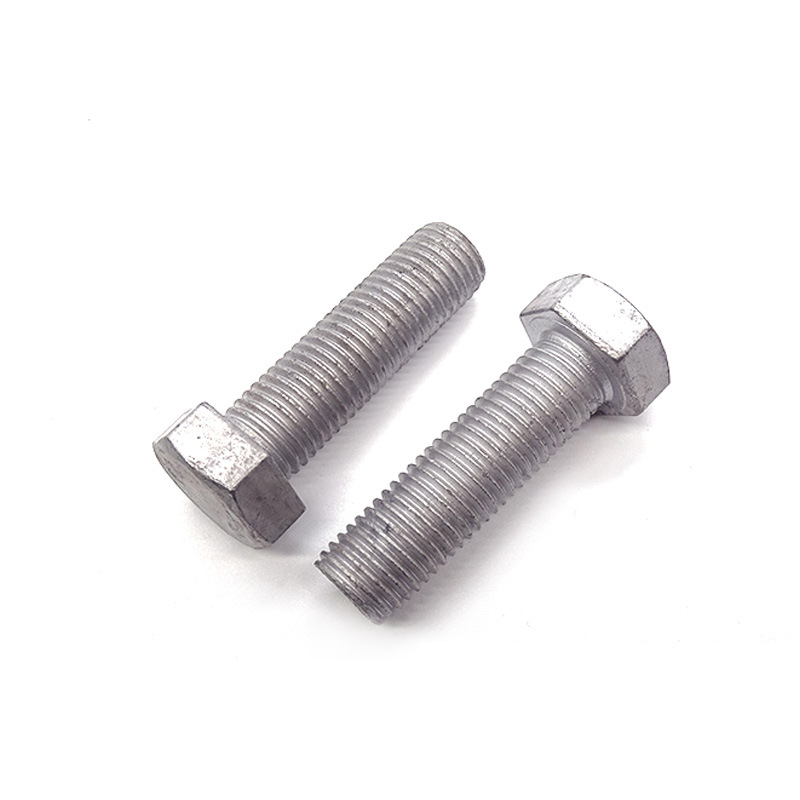

m10 din125
Dec . 11, 2024 09:22 Back to list
m10 din125
Understanding M10 DIN 125 Washers Essential Components in Engineering
In the realm of mechanical engineering and construction, small components often play a crucial role in ensuring the safety and efficiency of various structures and machines. One such component is the M10 DIN 125 washer, a seemingly simple item that has a significant impact on the integrity and performance of a bolted joint. This article will delve into the specifications, applications, and importance of the M10 DIN 125 washer.
What is an M10 DIN 125 Washer?
The M10 DIN 125 washer is a flat washer made to the specifications outlined by the Deutsche Institut für Normung (DIN), which is the German Institute for Standardization. The M10 denotes the metric size of the washer, meaning that it is designed to fit a bolt with a nominal diameter of 10 millimeters. The DIN 125 refers to the specific standard that governs the dimensions, material, and structural properties of flat washers.
Typically, the M10 DIN 125 washer features a diameter that is larger than the bolt head to distribute the load more effectively. This helps prevent damage to the work surface and provides a larger bearing area. The thickness of the washer is also specified in the standard, varying slightly based on the manufacturer but generally around 2 mm.
Materials and Coatings
M10 DIN 125 washers are available in various materials, including stainless steel, carbon steel, and even plastic in certain applications. Stainless steel is often preferred in environments where corrosion resistance is essential, such as in outdoor construction or marine applications. Carbon steel washers may be used in more controlled environments, often treated with coatings like zinc plating to enhance rust resistance.
The choice of material can greatly affect the performance of the washer. For instance, stainless steel washers provide durability and resistance to environmental factors, while plastic washers can be used in electrical applications to prevent conductivity.
m10 din125

Applications of M10 DIN 125 Washers
The versatility of M10 DIN 125 washers makes them suitable for a wide array of applications. They are predominantly used in mechanical assemblies where bolts and nuts are employed to join different parts together. Their ability to distribute loads evenly means they are commonly found in the automotive industry, construction projects, and even in domestic appliances.
In machinery, these washers help reduce friction between the bolt and the workpiece, allowing for smoother operation and easier assembly. Additionally, they can prevent loosening due to vibration by maintaining a firm grip on the bolt head.
Importance in Engineering and Safety
The significance of M10 DIN 125 washers cannot be overstated. In engineering, the integrity of a structure often relies on the proper use of these washers. Incorrectly sized or inappropriate washers can lead to joint failure, which can be catastrophic in critical applications such as bridges, aircraft, and high-performance machinery.
Moreover, the use of standardized components like the M10 DIN 125 washer allows for seamless interchangeability and quality assurance, making it easier for engineers and technicians to source parts and ensure safety standards.
Conclusion
In conclusion, the M10 DIN 125 washer is a small, yet vital part of many mechanical assemblies. Its ability to distribute load, reduce friction, and maintain the integrity of bolted joints makes it indispensable in numerous applications across various industries. As engineers continue to innovate and develop new technologies, the importance of such standard components remains at the forefront of safe and efficient engineering practices. Understanding and selecting the appropriate washer can significantly impact the success of any project, highlighting the importance of attention to detail in engineering design.
Latest news
-
High-Strength Hot Dip Galvanized Bolts - Hebei Longze | Corrosion Resistance, Customization
NewsJul.30,2025
-
Hot Dip Galvanized Bolts-Hebei Longze|Corrosion Resistance&High Strength
NewsJul.30,2025
-
High-Strength Hot-Dip Galvanized Bolts-Hebei Longze|Corrosion Resistance&High Strength
NewsJul.30,2025
-
Hot Dip Galvanized Bolts-Hebei Longze|Corrosion Resistance&High Strength
NewsJul.30,2025
-
Hot Dip Galvanized Bolts - Hebei Longze | Corrosion Resistance, High Strength
NewsJul.30,2025
-
High-Strength Hot Dip Galvanized Bolts-Hebei Longze|Corrosion Resistance, Grade 8.8
NewsJul.30,2025

